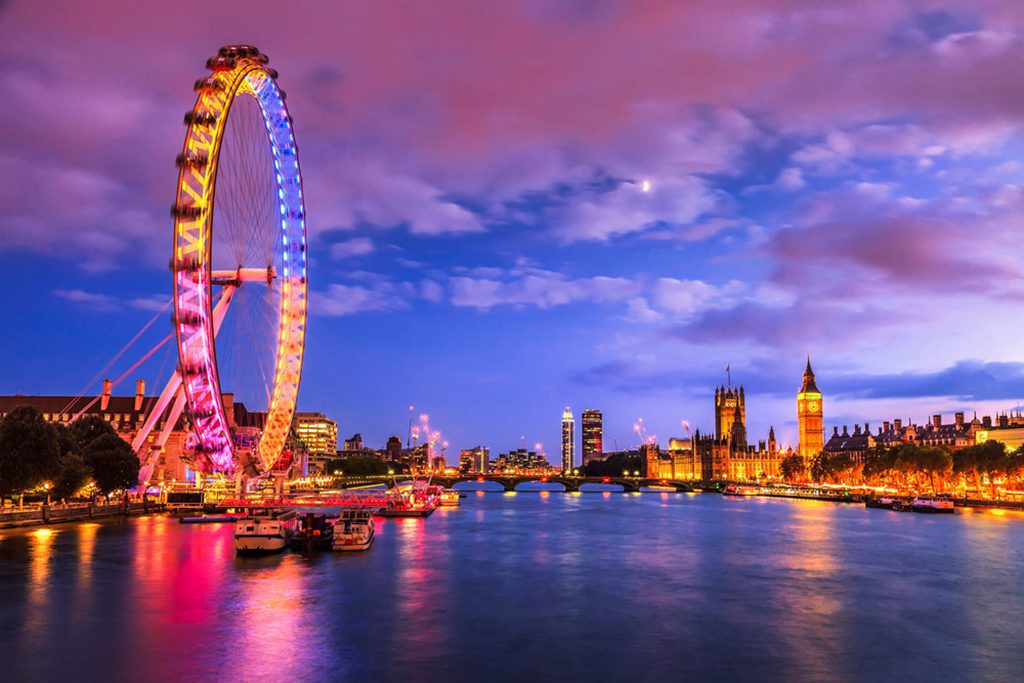London, with a population of 8 million, is one of the world’s biggest cities and is known for its noise, vibrancy, and multiculturalism. For centuries, it has been and continues to be one of the world’s most popular tourist destinations due to its status as a cultural, economic, political, and commercial epicenter. London, being one of the most visited cities in the world, naturally has a wide variety of attractions.
The Tube, as the London underground system is more commonly known, makes getting about the city a breeze. London’s public spaces, markets, and performing arts showcase the city’s rich cultural diversity. Numerous of London’s most famous landmarks, like Buckingham Palace, is conveniently located near the city’s many public parks, making them ideal meeting places for both residents and visitors.
27. Piccadilly Circus
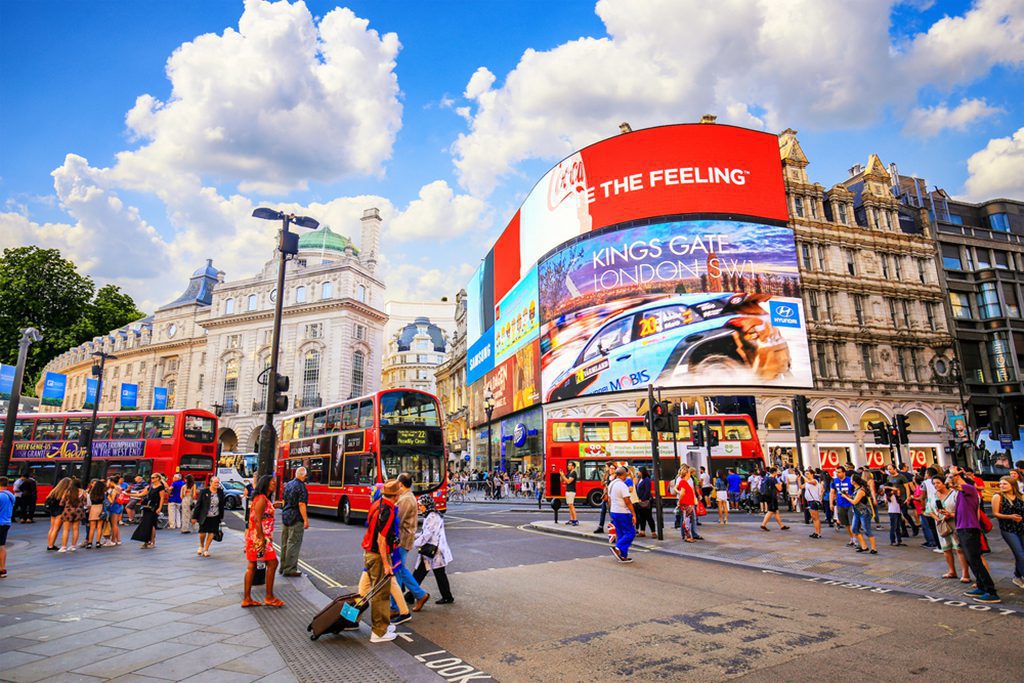
Piccadilly Circus is an easily identifiable plaza with brilliant lights and large flashing advertising. London’s equivalent of New York’s Times Square, the city’s busiest junction, has been a landmark for decades.
Once a major marketplace, Piccadilly Circus is today at the center of London’s vibrant arts and entertainment scene. It is home to a number of theaters and nightclubs, including the world-famous Criterion Theatre.
The Trocadero Houses, museums, and quaint shops are all within easy walking distance of the Statue of Eros, making it a favorite gathering place for residents.
26. National Portrait Gallery
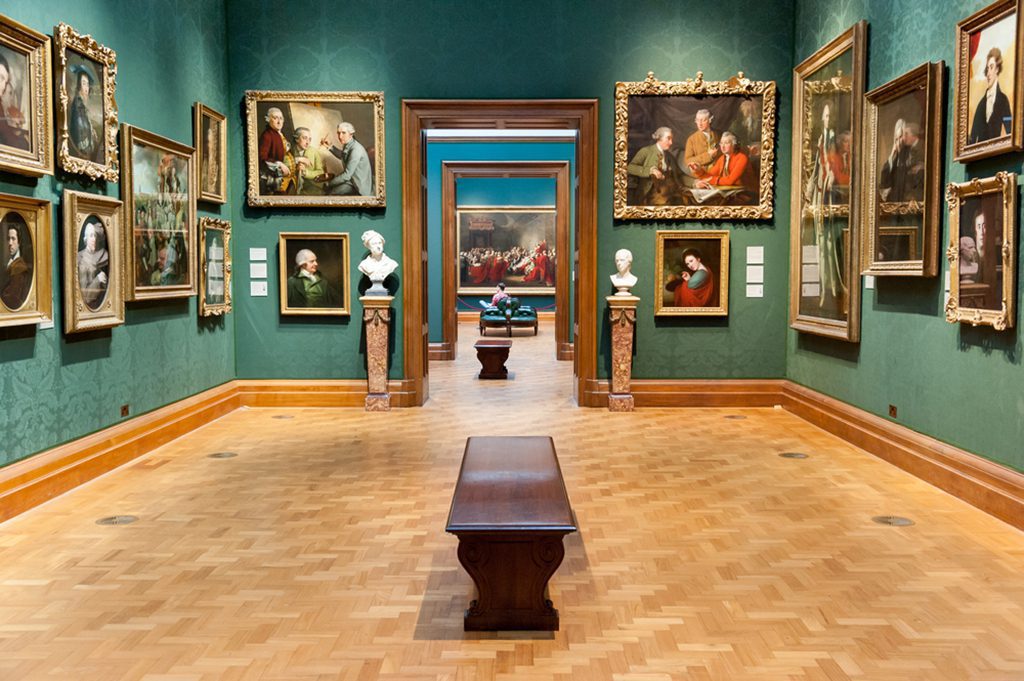
London’s National Portrait Gallery was the first gallery of its sort when it opened in 1856. Throughout history, many influential Britons have been depicted in this growing collection of portraits.
A collection of sculptures and caricatures may be seen at this gallery, which is located next to the National Gallery in St. Martin’s Place. The iconic Chandos Portrait of William Shakespeare is one of the most well-known portraits in London.
At the National Portrait Gallery’s entrance are three busts that complement the interior’s impressive collection. They are symbolic of the first members that established the gallery in 1856.
25. Wallace Collection
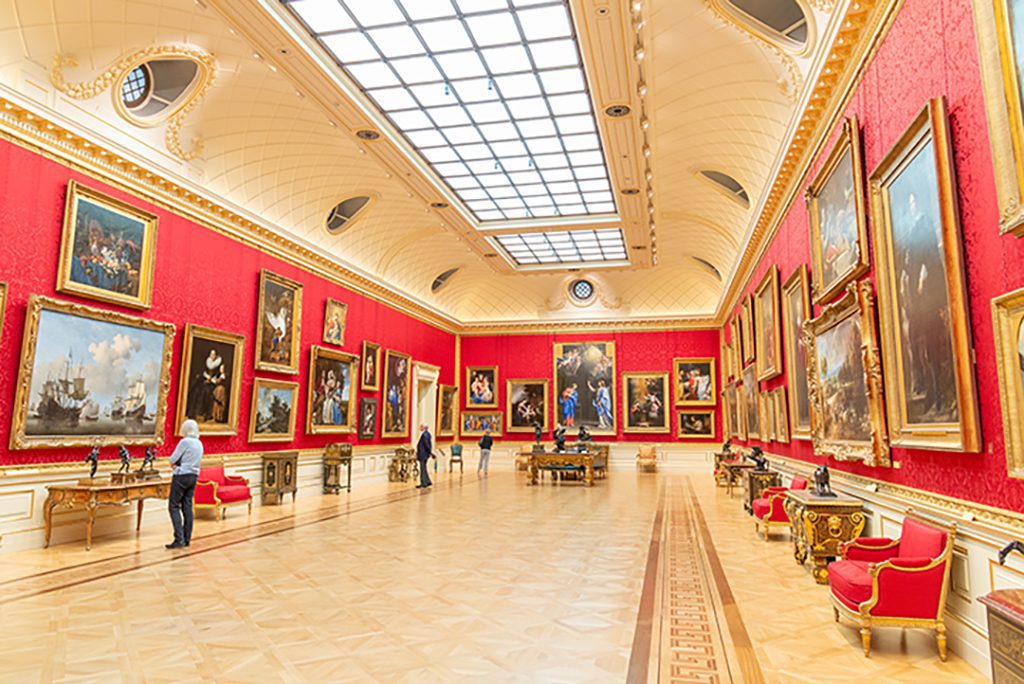
If you want to see some great art without spending any money, the Wallace Collection is one of the top museums in London. Sir Richard Wallace’s world-renowned art collection is now housed in a medieval mansion in Manchester Square. His widow gave the artwork to Britain after his death, and a gallery featuring it opened in 1897.
Artworks range from the 15th through the 19th centuries, with an emphasis on 17th-century French creations. The exhibit has 25 different rooms filled with fine art, antiques, and decorative items from various time periods.
24. Portobello Road Market
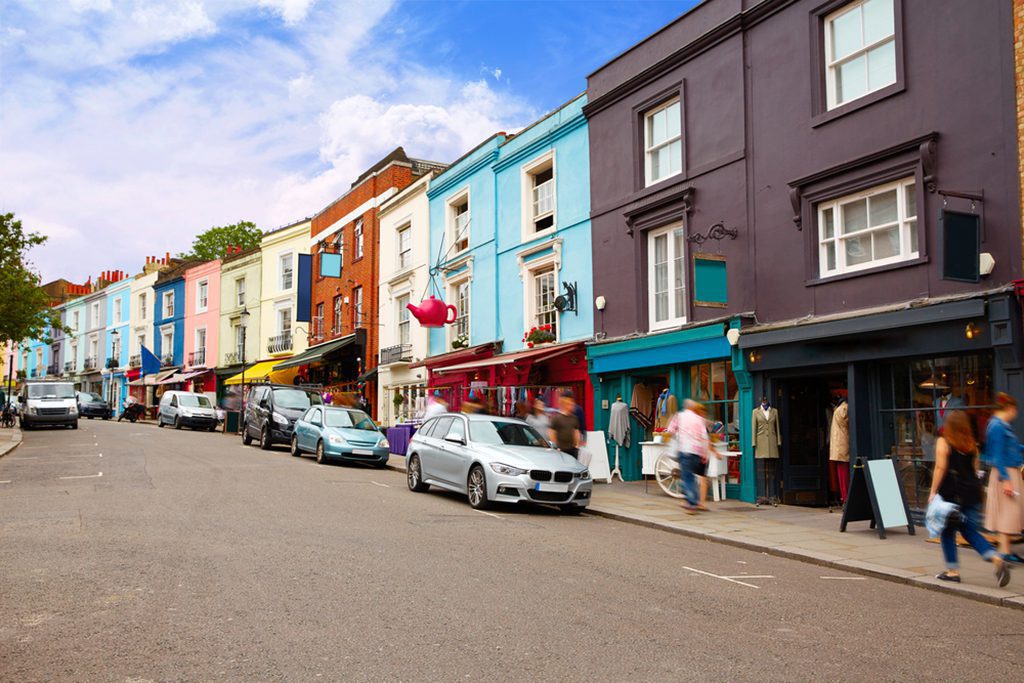
The Portobello Road Market, located in the Notting Hill neighborhood, is a popular tourist destination and local institution. Dating back to the 1500s, London’s famous Borough Market has been and continues to be an integral part of the city’s culture ever since.
At the beginning, the market at Portobello Farm was little more than a small stall. In the nineteenth century, a thriving community arose where hayfields and orchards once stood. As time has passed, the market has become a popular destination for those in search of vintage and secondhand garments.
In fact, there are more than a thousand independent merchants at this market, making it the biggest in the UK. Every booth is open on Saturdays, making it the ideal day to visit.
23. St. James’s Park
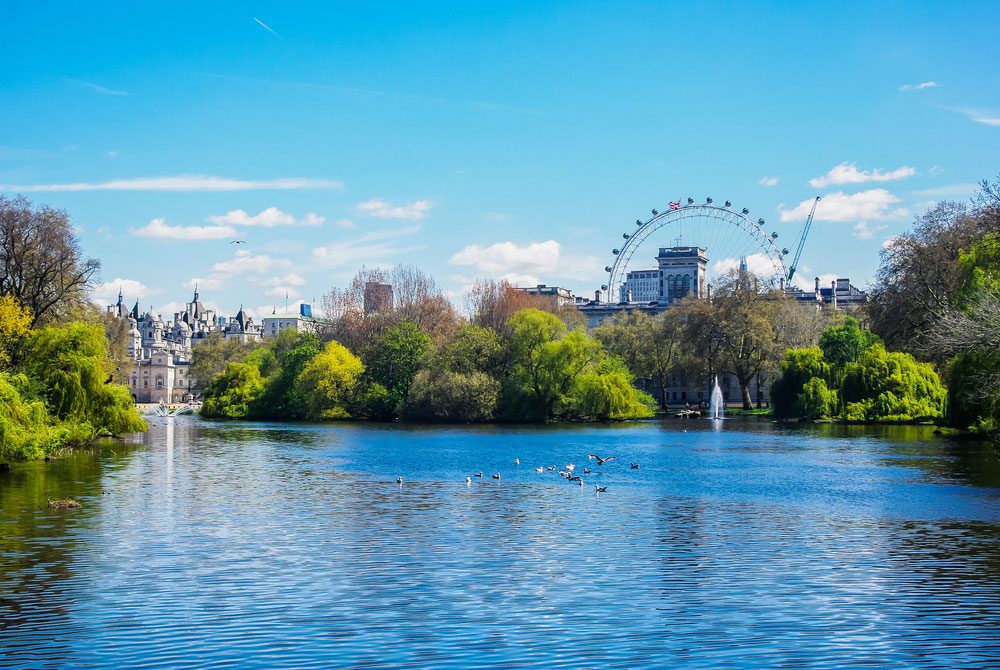
In London, there are eight royal parks, and one of the most beautiful is St. James’s Park. The renowned buildings of Buckingham Palace, Whitehall, and Clarence House may be seen in the distance from the park.
There is a well-kept park outside the famous structures, complete with bright flower beds set aside for special events. Many visitors to St. James’s Park bring picnic baskets and spread out blankets.
Take it easy and watch the pelicans fly about as you rest. The pelicans in St. James’s Park have been there for over four centuries after being gifted there by the Russian government.
22. Covent Garden
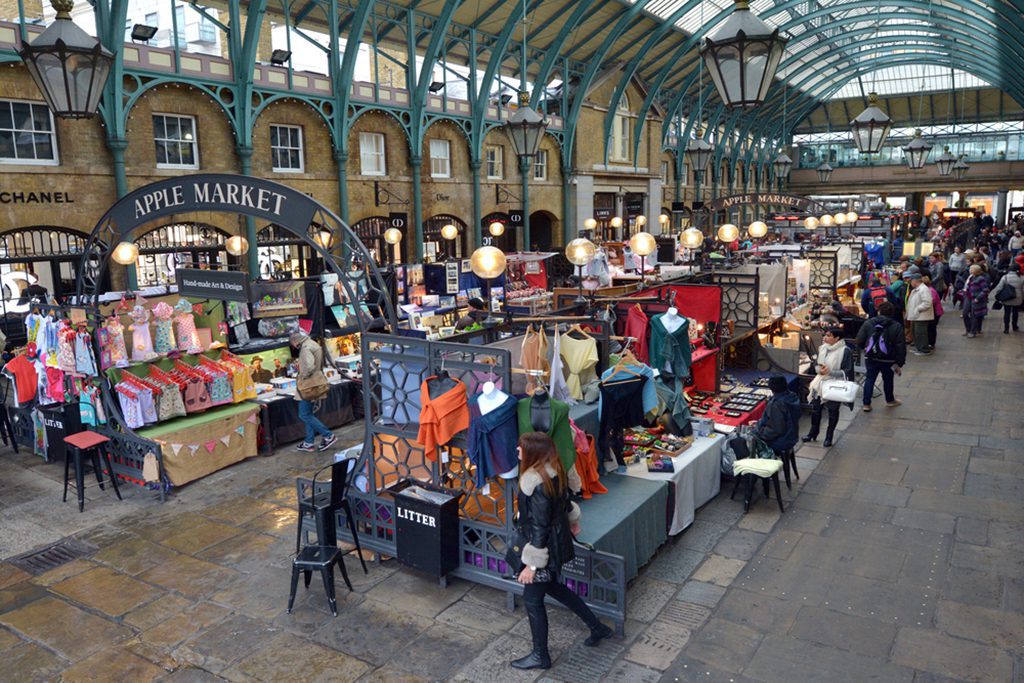
The Covent Garden Market is second only to the Portobello Road Market in terms of foot traffic. Numerous trendy cafes and shops may be found in this spacious area. In contrast, Seven Dials, Neal’s Yard, and Central Square are all bustling areas filled with street performers and live music.
When looking for a special memento to remind you of your time in London, go to the Covent Garden Market. In addition to the Royal Opera House, other well-known landmarks in the vicinity of Covent Garden include the London Transport Museum, home to the iconic red double-decker bus, and the Theatre District.
21. Greenwich Park
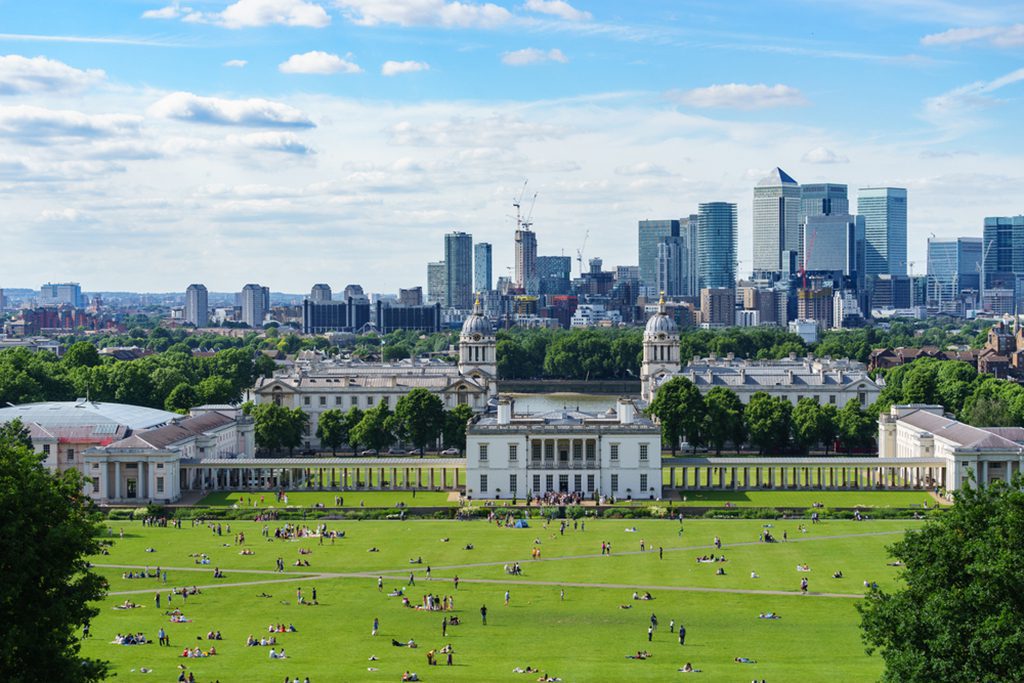
Greenwich Park’s vantage point over the Thames River is unparalleled. The park has an impressive assortment of 17th-century gardens, along with spotless contemporary ones.
There is evidence that the park’s origins go back to the Roman period, making it older than 500 years. Visitors of all ages will find something to enjoy at the park. Greenwich Park has everything from a beautiful rose garden with breathtaking blossoms in the summer to a playground where youngsters may run off some steam. Come to the Pavilion Cafe, established in 1906, for a bite to eat.
20. Camden Market
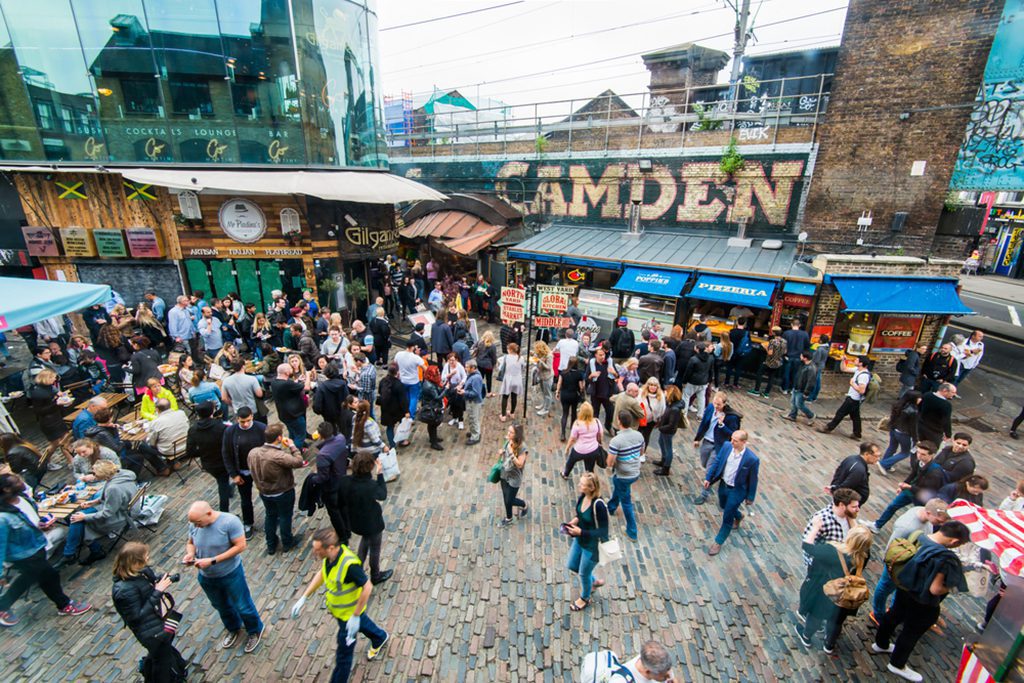
The Camden Market shows the wide variety of people that live in the Camden area. The vintage clothing stands at the neighborhood market fit well with the booths selling local art and knickknacks.
The Camden Market is worth a trip just for the food alone. The market is a great place to indulge your taste buds, with tasty street food, exotic restaurants, and one of London’s top vegan bakeries.
19. Imperial War Museum
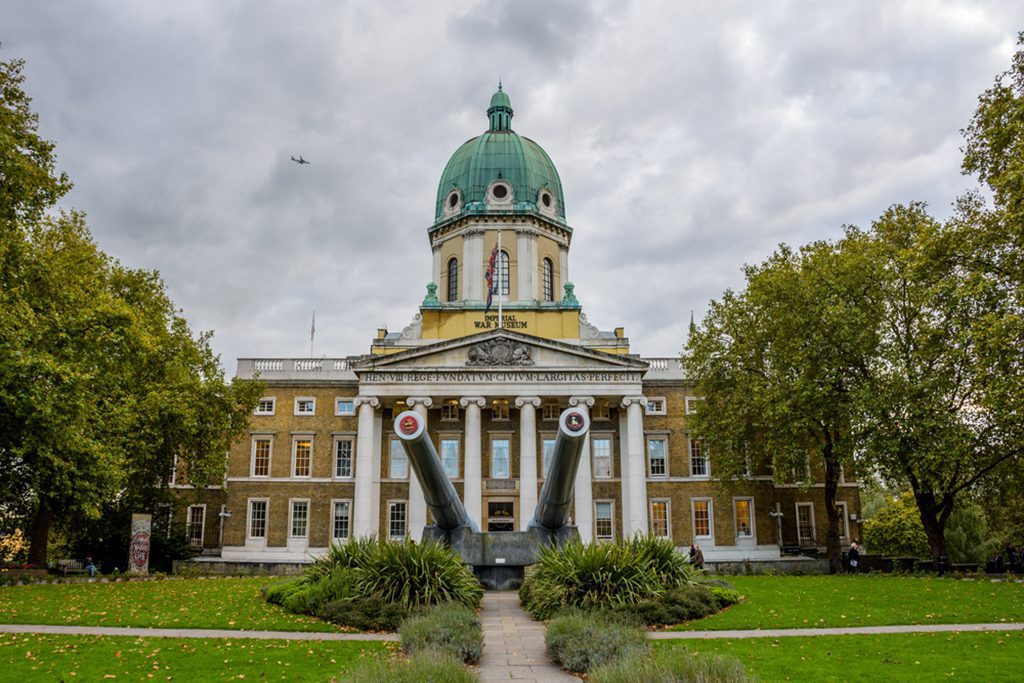
The Imperial War Museum does a remarkable job of conveying the experiences of people whose lives were ripped apart by worldwide combat, from the First World War to the present day.
The tales on show at this world-class museum of military history will leave you feeling moved. The museum was founded during World War I and is sure to shake up your worldview. In a building that spans six stories and tells the tales of ordinary people, you could find yourself wondering how you would have reacted if you had really lived at that time.
18. Tate Britain
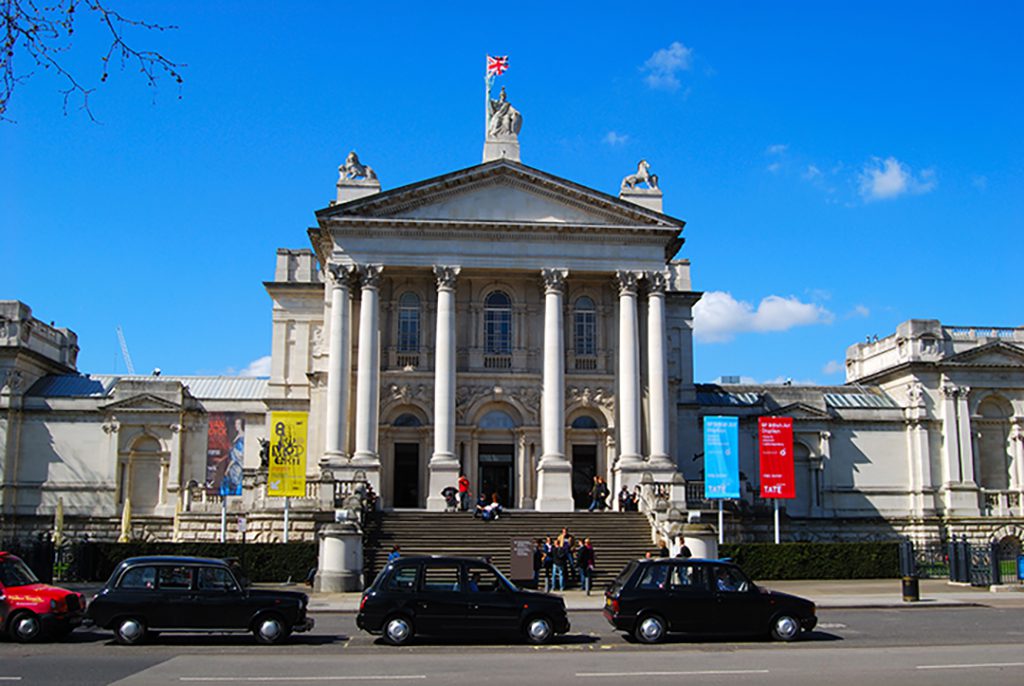
In the late 19th century, the Tate Gallery opened, and now it is one of the world’s most well-known art museums. The magnificent Millennium Bridge spans the gap between Tate Britain and Tate Modern, which are now located on opposite sides of the Thames.
The oldest and most comprehensive collection of major British art may be found at Tate Britain, making it the most visited museum in the country. The collection is well-known across the globe and provides a fantastic adventure for anybody. Walk over the river when you’ve finished seeing Tate Britain, and you may immediately begin exploring Tate Modern.
17. Hyde Park & Kensington Gardens
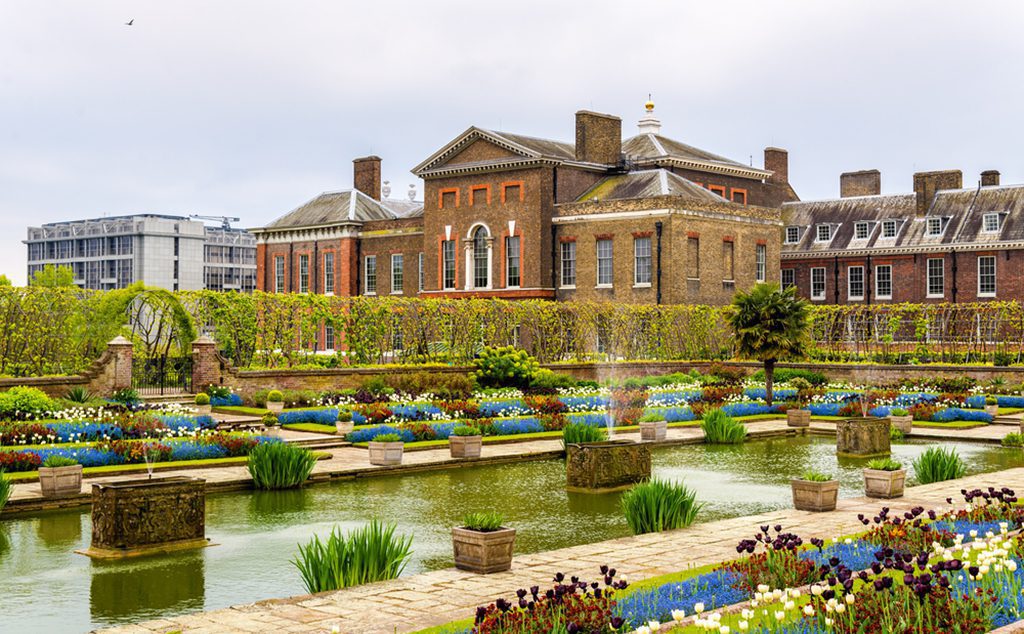
Hyde Park, the biggest urban park in London, is a popular destination for both tourists and Londoners. Opening to the public in 1635, the park quickly became a favorite spot for a variety of activities, including picnics, gatherings, and even quiet time spent reading among the trees. There is a man-made lake at Hyde Park where visitors may go boating or swimming during the warmer months.
At one time a part of the larger park, Kensington Plants is now its own distinct area with its own public art, architecture, and gardens. The Albert Memorial, the old Kensington Palace, and the Serpentine Galleries are among the highlights.
16. Borough Market

London’s best cuisine may be found at the old Borough Market. Even though it first opened in the middle of the 18th century, Borough Market continues to attract Londoners in search of high-quality ingredients and delectable dishes.
Unlike other marketplaces, Borough Market is focused on the here and now. The numerous inventive food options, with their emphasis on sustainability and foreign cuisine, are a perfect illustration of this.
The market’s days of being a basic wholesale hub are long gone. In addition, the Borough Market often hosts spectacular festivals and events.
15. Natural History Museum
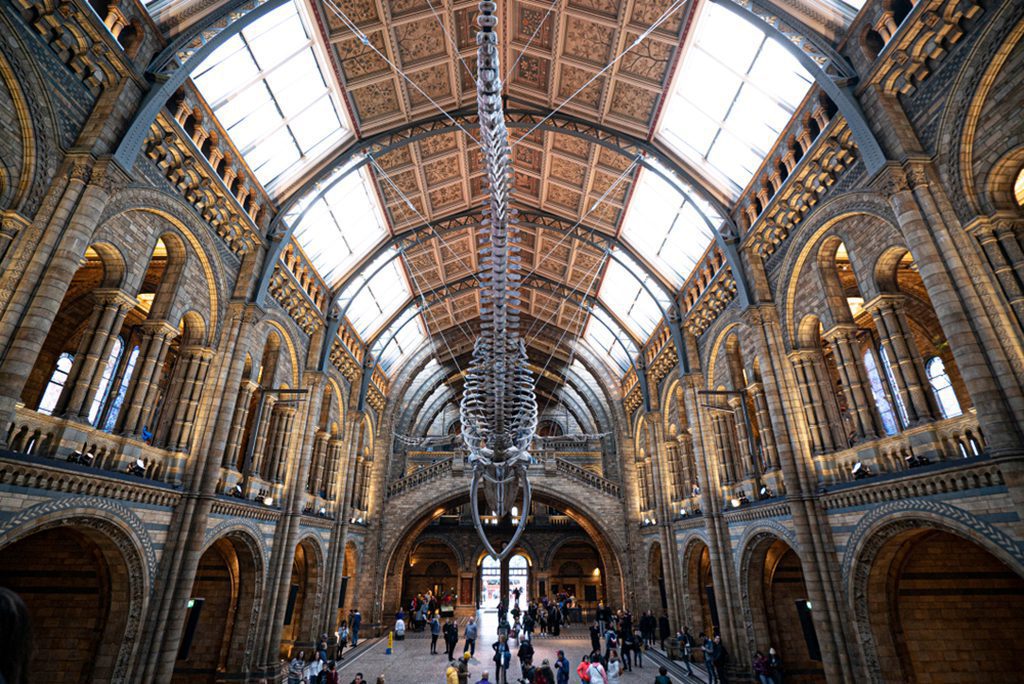
The National History Museum in London is so massive that it might easily consume a whole day of a visitor’s time. The architectural masterpiece was opened to the public in 1754, and it still has many of the same displays from its inception. The world-famous landmark is a preeminent research facility that is home to an impressive collection spanning the fields of paleontology, botany, zoology, and more.
The Natural History Museum has an estimated 80 million items, including anything from dinosaur bones to specimens amassed by none other than Charles Darwin himself. Get an early start to avoid the crowds and make the most of your time at this spectacular museum, since it is one of London’s most popular tourist destinations.
14. Victoria and Albert Museum
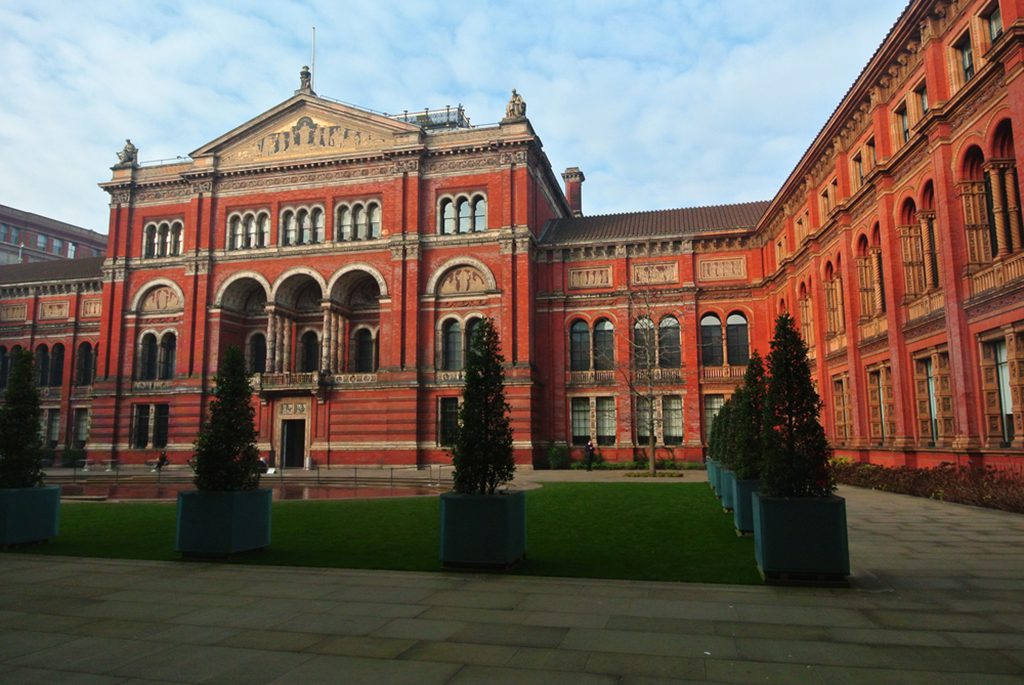
The Victoria and Albert Museum, or V&A for short, is one of the several museums along Exhibition Road. The V&A is a must-see with the Natural History Museum and the Science Museum.
There are 145 exhibit halls at the museum. The huge sum seems impossible to finish, but we should give it an attempt. Once inside, you’ll find works of art and antiquities from the last 5,000 years. Period clothing, jewelry, sculptures, and prints are all on show in addition to the artwork.
Objects are sorted into their respective geological zones. You may choose the region that interests you the most out of all of them.
13. Warner Bros. Studio London
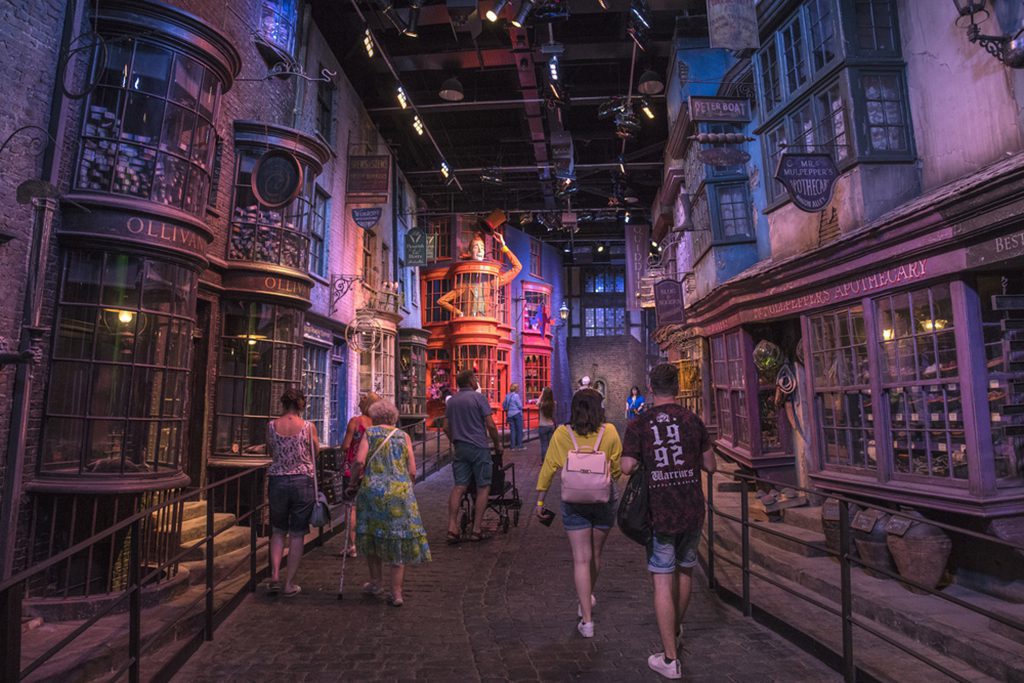
One of the best family-friendly things to do in London is to take a tour of the Warner Brothers Studios. For Harry Potter enthusiasts, the opportunity to see the Wizarding World firsthand will be an unforgettable one.
There will be a chance for fans of the books and movies that swept the globe to tour the actual film sets. Among them are exploring the magical Diagon Alley, wandering the forbidden Forbidden Forest, and having lunch in the Hogwarts Great Hall!
But nothing matches the opportunity to make a dash for it at the start of Platform 9 3/4. Scenes from a number of movies were shot on this train, which is now on display here.
12. National Gallery
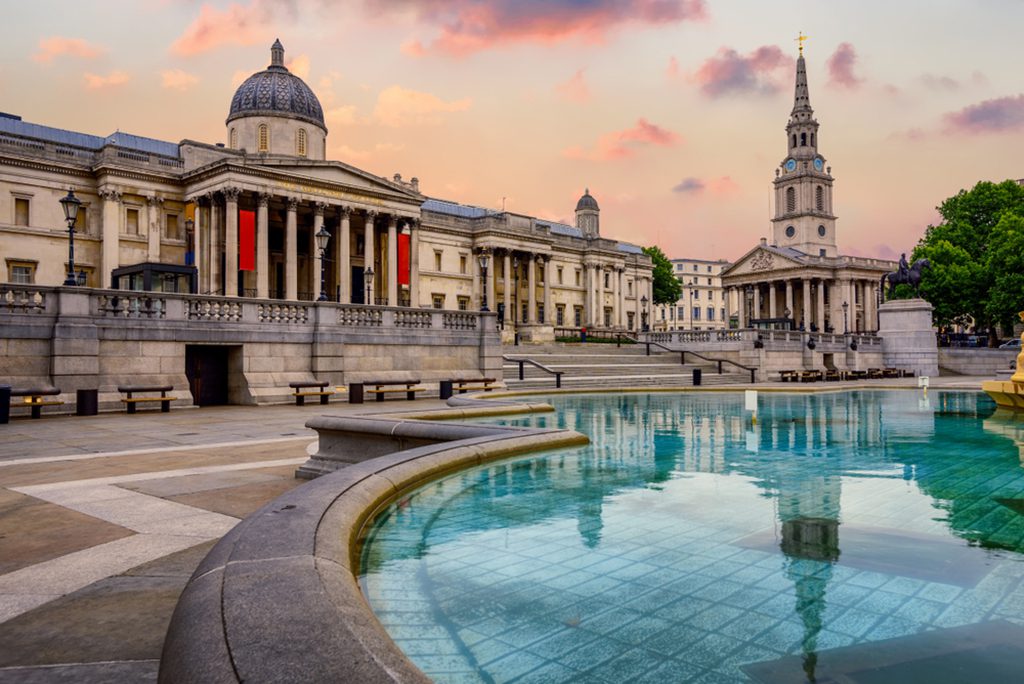
Image source: Boris Stroujko/Shutterstock.com
The National Gallery in London is, together with the National Portrait Gallery, one of the finest art museums in the world. The exhibition showcases works of art spanning seven centuries, from the early 1200s to the early 1900s.
The museum’s collection of Dutch and Italian art from the 15th and 16th centuries, however, is unparalleled. Famous artists, including Michelangelo, Van Gogh, and Leonardo da Vinci, all have pieces on display.
11. Churchill War Rooms
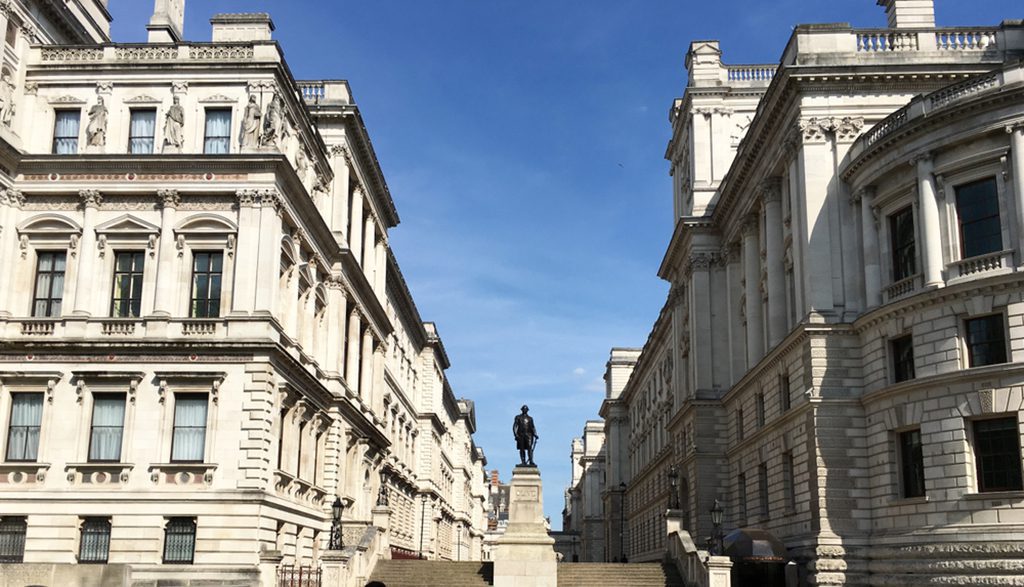
The Churchill War Rooms are one of the most fascinating historical sights and will leave visitors with a lasting impression. Visiting the chambers from where Winston Churchill directed Britain’s defense during the Second World War is a spooky experience.
What’s even more astounding is that all of this transpired in such a small area. Churchill gave numerous famous speeches from the improvised radio station, where he also slept. The museum does an excellent job of recreating Britain in the early 1940s, and it serves as a sobering reminder of how close the country came to disaster.
10. Westminster Abbey
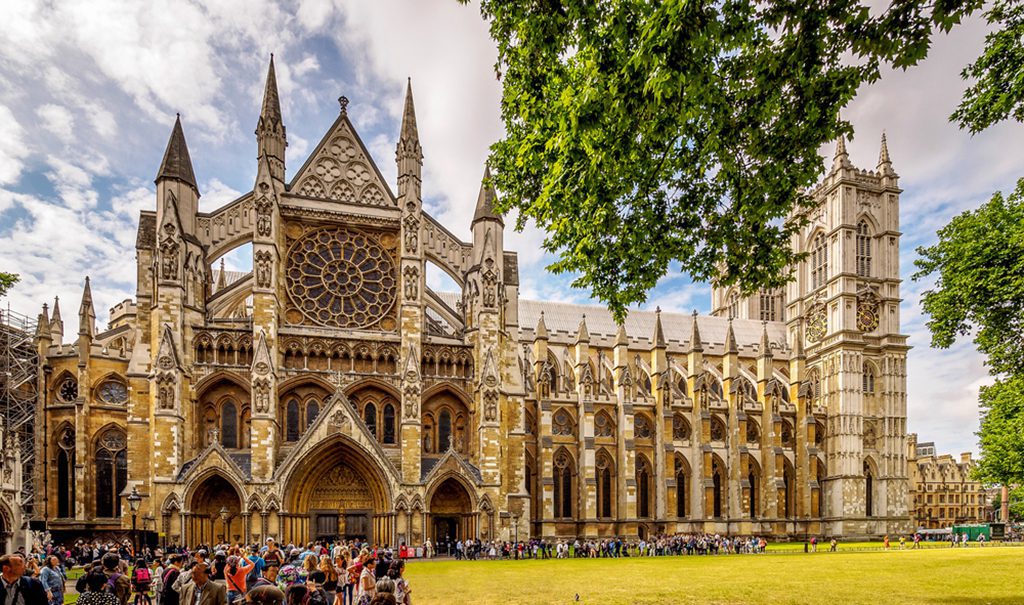
A massive church known for its Gothic architecture, Westminster Abbey, may be found to the west of the Palace of Westminster. In addition to being the customary location of coronation and burial for English and, subsequently, British kings, it is also one of the most famous ecclesiastical structures in the United Kingdom.
The majority of the current structure was constructed between 1245 and 1272, when King Henry III had an existing monastery rebuilt in the Gothic style. The two West Front Towers were constructed in 1745, and the Chapel of Henry VII was erected between 1503 and 1512.
9. Houses of Parliament

The Houses of Parliament are a popular destination for tourists in London, and they follow in the footsteps of the Churchill War Rooms. The Parliament Buildings, with the 318-foot-tall (97-meter-tall) Big Ben, are spread out along the banks of the River Thames.
For hundreds of years, the British government has worked out of the Houses of Parliament. William the Conqueror, formerly called Westminster Palace home.
The best way to see this landmark is to go over to Parliament Square, where you may gawk at a magnificent statue of Winston Churchill, as well as those of other notable political personalities like Nelson Mandela.
8. St Paul’s Cathedral

The architecture of St. Paul’s Cathedral is among the most impressive in London. A massive and well-known church sits atop a former Roman temple in this city. After being completely burned in the Great Fire of 1666, the church was painstakingly reconstructed, and the result is nothing short of breathtaking.
St. Paul’s Cathedral, with its enormous dome and twin Baroque towers, is on par with the most recognizable cathedrals in the world. Not only does the outside of the church take your breath away, but the inside is also very remarkable. As you ascend the steps, you’ll get a better look at the impressive decor and the renowned Whispering Gallery.
7. Trafalgar Square

Located not far from Piccadilly Circus, Trafalgar Square was established in honor of Lord Horatio Nelson’s 1805 triumph against the Spanish and French. The square’s centerpiece is Nelson’s Column, a granite statue that is 183 feet (56 meters) tall.
Ironically, the column looks out over the lovely fountains and bronze reliefs that were fashioned from the abandoned French guns. The National Gallery and St. Martin-in-the-Fields are both within easy walking distance of Trafalgar Square.
6. Tower of London
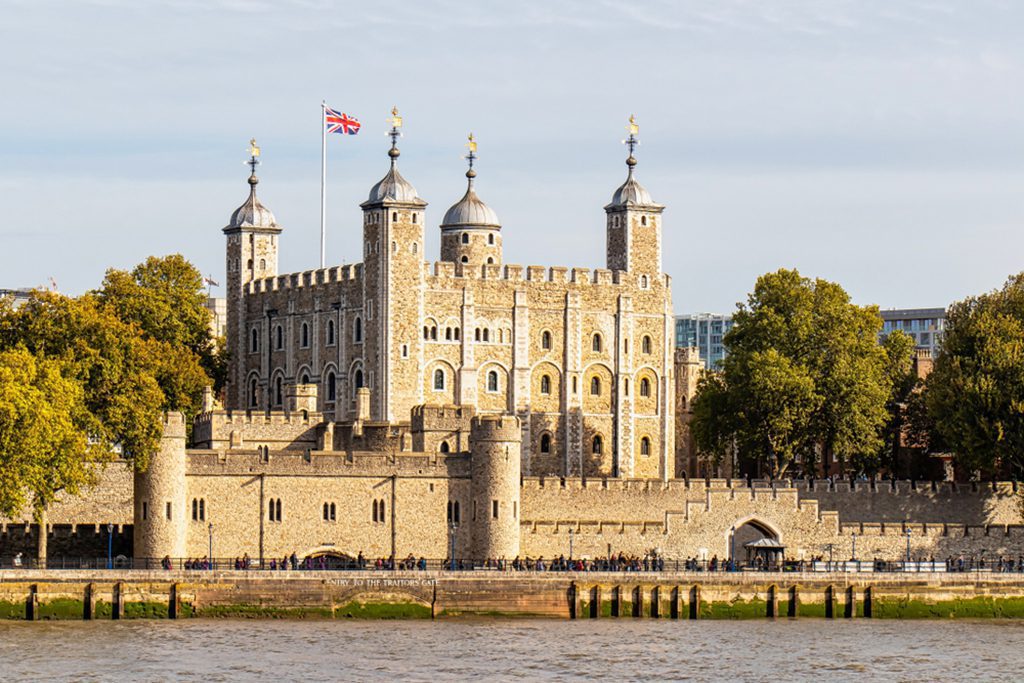
The tall Tower of London in London is a structure that has served several purposes throughout the years. The World Heritage Site, which has served as a jail, a private zoo, and even a treasure vault throughout the years, currently hosts intriguing excursions.
Built in the 11th century, the tower is a symbol of Britain and its history. Startling displays of royal armor, the Crown Jewels exhibition, and accounts of gruesome executions may all be found when you visit the Tower of London. See a renowned Beefeater to round off your journey.
5. London Eye
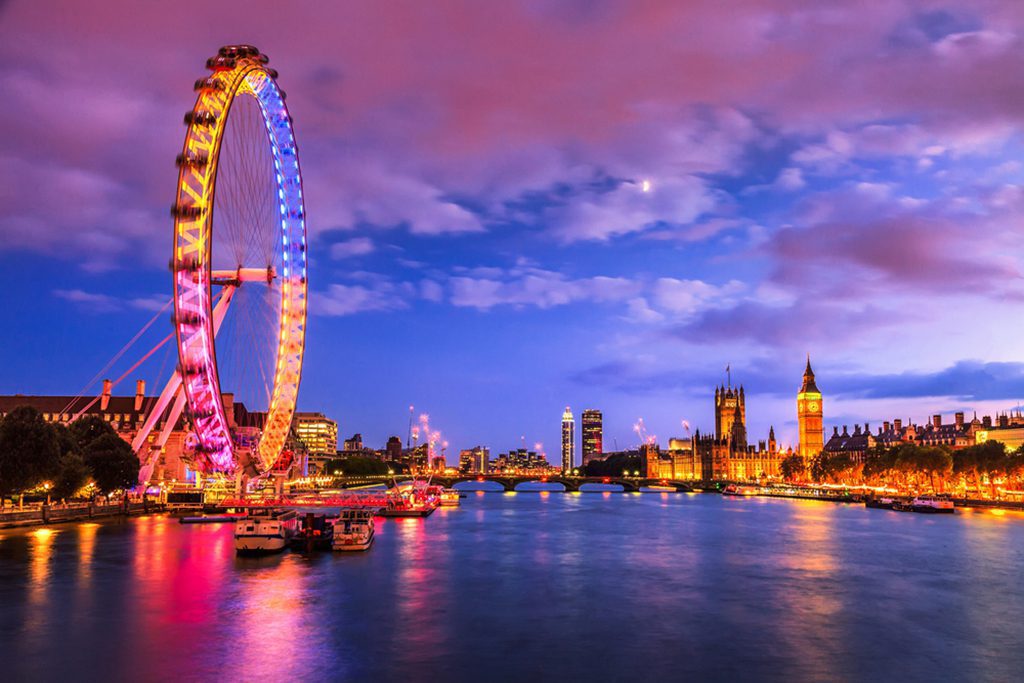
The London Eye, a gigantic observation wheel on the banks of the Thames, stands at a towering 443 feet (135 meters) in height and has 32 capsules with glass walls on the outside. It has breathtaking views of London’s skyline.
Since the wheel rotates slowly enough for people to step on and off the moving capsules at ground level, it often does not stop to take on passengers. Over 3.5 million visitors per year make the trip to see it, making it the most popular paid attraction in the whole country of the United Kingdom.
4. Buckingham Palace
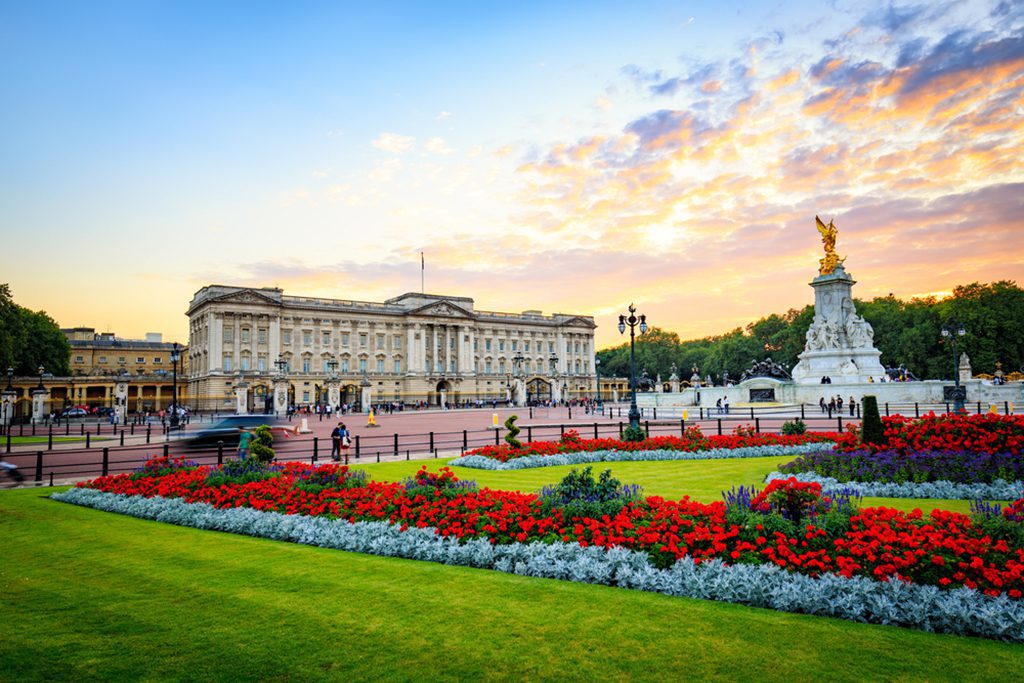
Buckingham Palace is one of London’s most recognizable landmarks and is recognized all over the globe. The palace was constructed in the 1800s and has been the official residence of the British monarchy since Queen Victoria ascended the throne. When the flag on the palace’s roof is waving, it means the Queen is home.
Seeing the guards change at Buckingham Palace is a must if you’re in London. Crowds gather at Buckingham Palace every day at 11:30 am to see the parade. The competition is a fascinating demonstration of precision and order.
3. British Museum
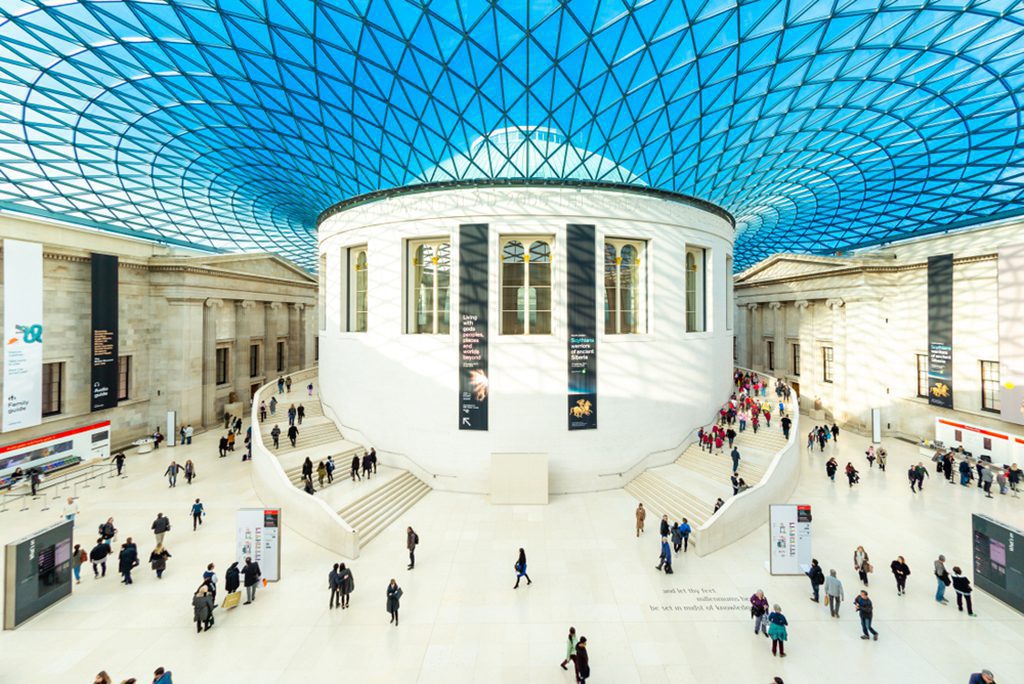
The British Museum is home to one of the greatest collections of antiquities in the world, with approximately 13 million objects. The items come from a wide range of time periods throughout human history, from ancient Europe and China to early Babylonia and Assyria.
You’ll need a good chunk of time to explore the massive museum, but where should you start? Among the most popular permanent displays are a bust of Ramses II, the Elgin Marbles from the Parthenon, Egyptian mummies, and the Rosetta Stone.
You may pick up souvenirs, reproductions, and even copies of some of the museum’s most prized objects in the British Museum’s sizable bookstore.
2. Tower Bridge
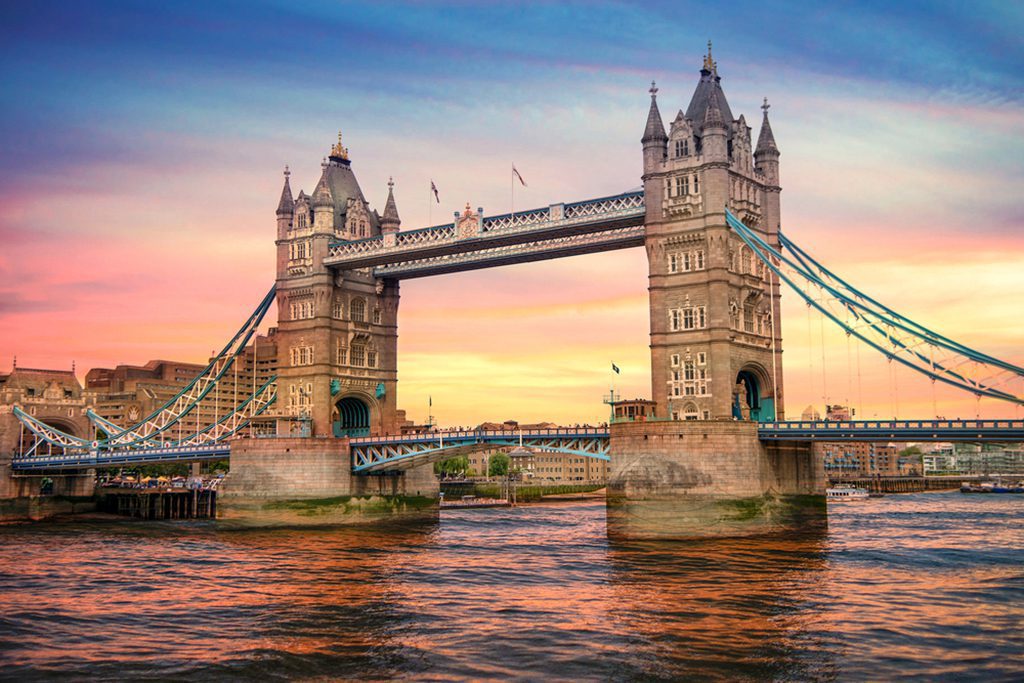
Though London is full of famous sites, Tower Bridge may be the most well-known one worldwide. The bridge, a suspension structure, took eight years to build and is located near the Tower of London. Two towers of the iconic Tower Bridge, which was inaugurated in 1994, soar an impressive 213 feet (65m) over the River Thames.
You can have a tour of the tower and see the interior, which is amazing, and then you can go up to the observation deck and see the city in all its glory.
1. Big Ben

A staple of London’s skyline for 150 years, the Big Ben Clock Tower never fails to draw in the crowds. Although the clock tower is known as “Big Ben,” the 13-ton bell housed inside the tower gets its moniker from Sir Benjamin Hall, who originally commissioned the bell.
Work began on the current bell in 1858 after the original Big Ben bell, which weighed 16 tons, fractured beyond repair in 1856. The clock has become a tourist staple and has been featured in a wide variety of movies. For instance, in the film Mars Attacks!, Big Ben is blown up by alien spaceships.


